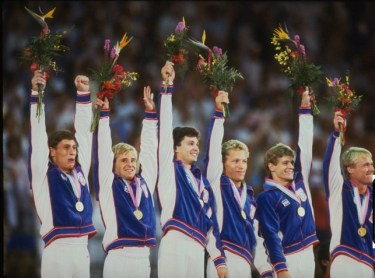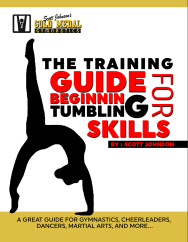
So you have a big event to prepare for and it is imparative that you are ready in every aspect for a successful outcome. How is this done? What are the best methods in preparing both physically and mentally? It is different for every individual so there is no specific training manual on how to accomplish this goal. Here we will discuss several methods of Preparing for the Big Moment. Since the methods vary and are personal to each individual, I will discuss the methods that worked best for me in my preparation for a Big Moment. (This is a snapshot of material on this subject)
Preparing for big events, such as national or world competitions, requires training that is both physical and mental. Both work hand-in-hand and must be synched perfectly for the ultimate positive result. We call this “Peaking”. The process may be long and take months in preparation. Although there are many methods used, there are particular steps that should be followed along the way.

Although it takes both physical and mental preparation (both are extremely important for success), the physical aspect usually is the first step in preparation (once a commitment has been made). An athelte must get in the best physical shape possible as they progress toward the goal. This takes time and requires a highly structured training schedule. As in all physical activities, training should be progressive. This means the athlete should start off slow and increase intensity as the body becomes stronger. In many cases, if the athlete initiates a training schedule aggressively, the potential for injury becomes greater.
In the initial training process, focus should be on gaining strength, endurance, and skill development. These elements are crucial as it is the foundation that will be built upon as training progresses. New skill development and training for perfection is a major part of the process. This is what the next stage is based on.
As initial training progresses and the athlete gets into optimal shape, the training regiment should change. It takes many hours of hard work to get the body in top physical condition. Once this is achieved, it should be maintained. Thus, training time and entensity may taper off. If the athlete “overtrains”, they could experience injury or burn-out before peak performance is achieved. Many athletes refer to this as “training smarter – not harder”.
The time at which this change in intensity takes place in training development is different for everyone. In many cases, the younger athlete may endure longer periods of intense training. Whereas, the older athlete may need to make this change earlier. It takes time and experience to get this time dynamic figured out. In my early years as an Elite athlete, I could train aggressively for long periods of time. However, as I became older (and more decrepit:) I needed to adjust my training schedule to lower the intensity much earlier so as to not increase risks of injury.

This is the stage in training where the mental and emotional aspects become a major focus. At this point, the body should be in great and optimal condition. Skills should be developed and closely (if not) perfected. Complete “routines” should be created at this point and trained mostly in entirety. This is the stage when consistency is created and consistency is developed through repetition.
As time gets closer to the Big Event, the athlete needs to gain complete confidence in their ability to succeed (the emotional factor). Maintaining success in every training session is critical. Meaning- every routine and performance in practice needs to be successful without fail. This will create a great deal of confidence. If there is consistant failure (missing routines), confidence will be weak and will most likely make for questionable results.
At this stage, mental preparations will naturaly occur. This includes mental performance even outside of the practice arena. We call this “Imagery”. Most athletes will emotionally perform their actions or routines in their minds as if actually doing the action physically. In initial Imagery practices, the thoughts may not always be positive. In many cases, the imagery has failure. This may be a result of a lack of confidence. However, as the athlete becomes more confident, the Imagery will be mostly positive and successful.

When both physical and mental abilities are at their most positive levels, the athlete is ready for the Big Event. Much time and effort has been put into this preparation and the outcome will hopefully be a successful outcome. We all learn by our mistakes, so if the result is not as positive as hoped for, adjustments will be made so the next Big Event will have a better chance at success. No matter what though, the athlete needs to Go For It!! Who knows, it could result in an Olympic Gold Medal!!

1984 Olympic Gold Medalist 1988 Olympic Team Captain
My Beginner Tumbling Training Guide is available and ready for all to use. This is a great training aid for any and all programs who offer tumbling training. If you would like to order your copy, follow this link: http://www.amazon.com/gp/product/B0847D3VQC


These neoprene wrist supports are the best for gymnasts and cheerleaders experiencing wrist pain. The neoprene provides support and warmth to the joint to help relieve pain discomfort.
This is the best syle of leotards for recreational gymnastics. Get yours today!!






















